You are here
History of architecture of Karakol.
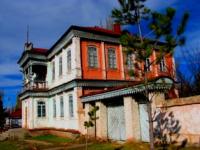
Tours over cities of Kyrgyzstan.
The history has saved to us exact date, motives and circumstances of occurrence Karakol. In May, 1869 the staff Turkestan of a Military district has directed in To Issyk-Kul - distant just joined (attached) northern part Kokand Khanate - expedition(dispatch), which was headed staff - with - by(with) the captain A.A. Kulbars.
For cities - military-administrative centre new imperial of grounds, to make topographical shooting of district, to plan an arrangement of streets and areas, to begin construction of defensive barraks. And on July 1, the city was incorporated on crossing of the river Karakol and caravan of a road from the Chu of a valley in Kashgar.
The place is chosen rather success fully, that has predetermined the future viability. The human activity in interaction with power(force) lines of a landscape gives settlement effect - Eaulbars is thin has felt this law of development of into tasks of expedition(dispatch) entered to select a place ettlements.
Was based as city - with church, bazaar by the area, barraks and inhabited quarters, and very quickly has passed from a condition in rather advanced with educational institutions by self-management, public organizations, trade numbers(lines), park, paved streets.
In were proved immigrants from Ukraine, central strip of Russia, Volga region. The especially large flow immigrants was directed here after a poor harvest in a number(line) provinces of the European part of Russia, the practice of urban life testified to opposite.
Guards by the lieutenant colonel and scientist Y. Eriliev here per 1881 first is based in region meteorological station, urban life by the military doctor with the Moscow university education.
Bass the urban park open first in and long time unique(sole) in territory of Kyrgyzstan library is incorporated, the schools for children of the townspeople are constructed. In 1907 a staff by the captain V. Pianovsky the horse factory, and in 1910 - hippodromes is organized.
The monument to Przhevalsky of the Petersburg sculptors N.Shreder and A. Bilkerling became first till now by best product monument of a sculpture in Kyrgyzstan, and wooden Trinity a temple constructed on the project in 1893 - 1895.
On means of local merchants Maslyakov, has served to the architect A. Zenkov by a sample at designing famous Vosnezensky of a cathedral in one. In 1897 of the townspeople was already about 8000 men. Przhevalsky became to the largest territory of present northern Kyrgyzstan, centre of extensive district actively developing trade and economic focus Issyk-Kul.
Numerous expeditions (dispatches) to Central Asia heading known scientist and the travelers, known by the scientist, from here were sent of geographical opening is not casually placed in the centre of the arms of city officially authorized March 19 1908.
In 1913 the population Przhevalsk was 16250 people. In him there were 2 churches, 9 mosques, 4 parochial of school, russian-native school, where were trained to bases of conducting an agriculture, madrassa at Uzbek and school at tatar mosques. In the best houses of city were placed a female grammar school, man's 4-class school, public library reading room.
In city 57660 roubles, worked 4415 of the factory enterprise with the large revolution. The majority of these enterprises there were small, with number of the workers 5 - 6 men. The basic part of the townspeople were engaged in trade, agriculture, gardening and bee-keeping.
The population of city was multinational. Thus that the traditions of Russian culture were determining in the beginning 20 in. From 102 dealers of city 78 were, tatar mosques was one of representative buildings Przhevalsk. And dungan the community of city in 1910. has invited from Pekin of the professional architect Chjou-Sy with 20 foremen for construction unique wooden mosques.
At a sight on Karakol from the outside - on his (its) plan, or on city from above from panoramic points of neighboring mountains, this typical the settlement, with the mechanical rectangular lay-out as though which has been thrown out on whose to will on again mastered grounds winning space at a nature, winning space, would seem sharply contrasting with her.
Is interesting first of all "from within": after some decades of the end 19 - beginning XX centuries. Here there was a surprisingly favorable environment (Wednesday) human environment, rationally organized and artly intelligent. Urban environment (Wednesday) was arranged here with transit to several simple town-planning rules.
The regular lay-out with rectangular quarters assumed exact statement of buildings on red lines of streets: the special meaning (importance) was given to angular houses, which were allocated with more representative shape and fastening a town-planning composition.
This rule of a priority of public spaces, planes of a skeleton, urban form and of territory remained vacant and the kitchen gardens, subsidiary structures were used under gardens. At the rather small sizes of quarters so density of building was reached(achieved) optimum for of that period which provided both representative shape of streets, and opportunity of conducting a home facilities (economy) on the site.
The inhabited building first Karakol of decades differed small-scale, and variety between buildings, variety and individuality of shape of each house at use general(common) for all city of elements traditional decor.
The contact zone of the private(individual) and public worlds was specially organized: "breaks" from one world in another were skillfully made out. This rule of private(individual) freedom inside planes of frameworks and conventional understanding of acceptable architecture.
The rule of compliance with the landscape concerned faster to public buildings - private(individual) were scale to a nature and relief of district. This rule of relevance, in relation to the environmental world, observance of a certain space hierarchy. By the way, the neighboring mountains dominate in all descriptions, being by his (its) distinct (clear) symbolical majoring.
Well-disposed numbers (lines) of silvery poplars along urban streets - original colonnades, one of the essential elements of a urban landscape created by hands of townspeople. Of a rule were simple, are standard, and made the interconnected system.
Their total effect has appeared enough for creation convenient, attractive, cleverly arranged urban environment (Wednesday), where more suitable for normal human life, than built then under the new Soviet standards micro areas.
Most familiar and convenient for organization of normal urban life ready Russian imperial of city "Ecaterinburg" of a type were here as though cloned, but, as well as in case of samples architectural decor, have undergone on a place necessary adaptation of change.
In result there were those attributes variously decorated building on perimeter of regular quarters, a cosy street poplar colonnades , harmonious parity(ratio) of buildings and natural landscape, plentiful gardening of private(individual) and public spaces, possible (probable) due to constant damp western winds from a Issyk-sack, - which till now are the integral components of his(its) image alongside with snow by mountains on horizon, Russian wooden church and mosques in Chinese style.
Private the historical building makes a worthy background to his(its) major ants. In the beginning here were under construction at home. But after strong earthquake 1887 y. the city began to be built up mainly from a tree - plastered which replaced, decorated carved details.
The combination smooth white of walls, and balconies, of a groove and , is given by(with) the ordinary to building the special charm. Perhaps, it is possible to speak about original vernacular " national classic " in Karakol to architecture, quite unique scale of Central Asia.
But there are in city some buildings completely excluded on the architectural registration. The end faces of these houses as though "put on" in alabaster . Having all attributes classical history of the warrant.
Corners of such buildings - double especially effectively look become strong plastic accent(stress) and shape of streets, give complex (difficult) game the form and light. It is possible to name them as the logo of architecture historical.
The unique heritage under threat of. Historical urban environment (Wednesday) enters into the period distraction, and transformations, which occur faster, than faster disappear the radical population of city russian indigenous first migrants.
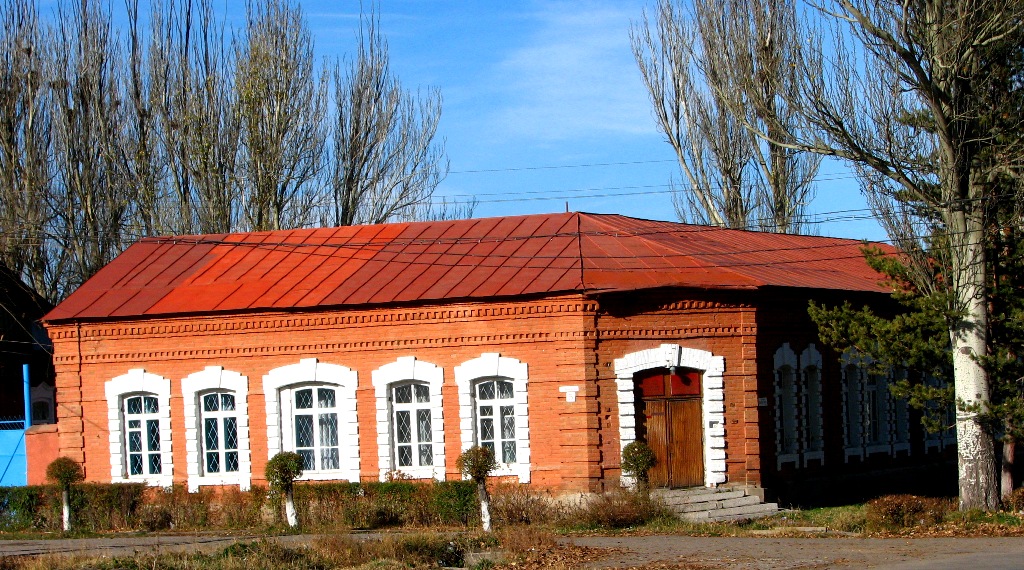
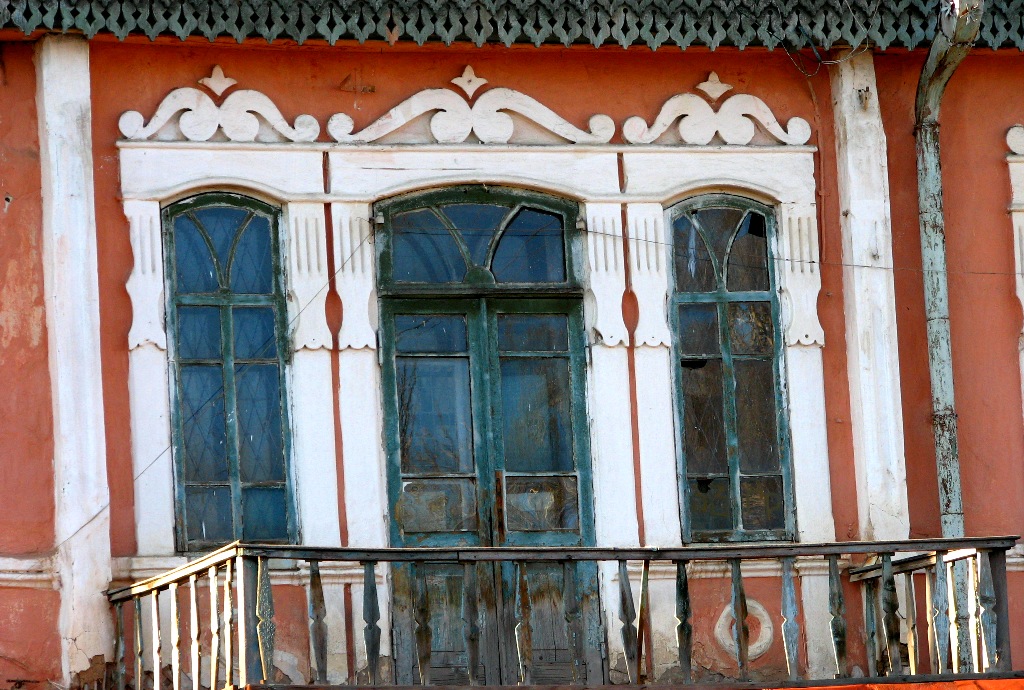
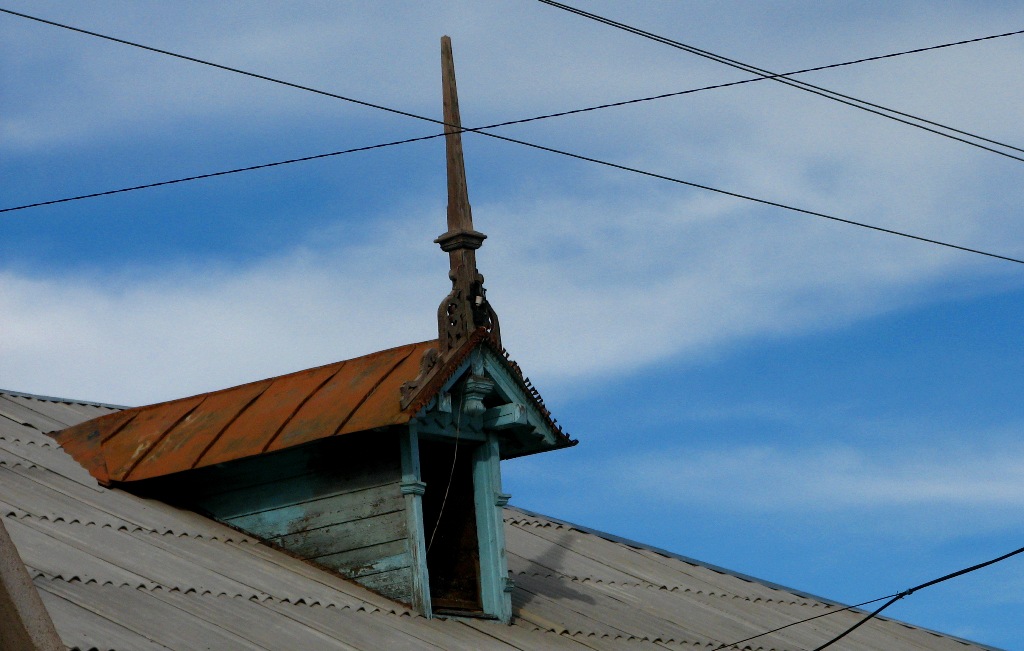
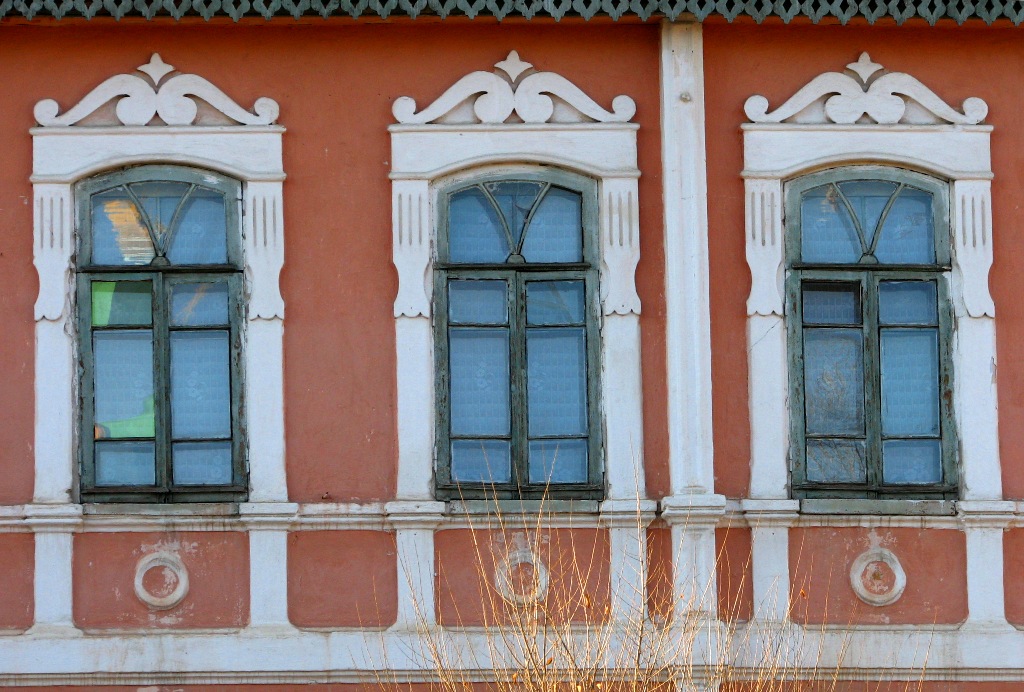
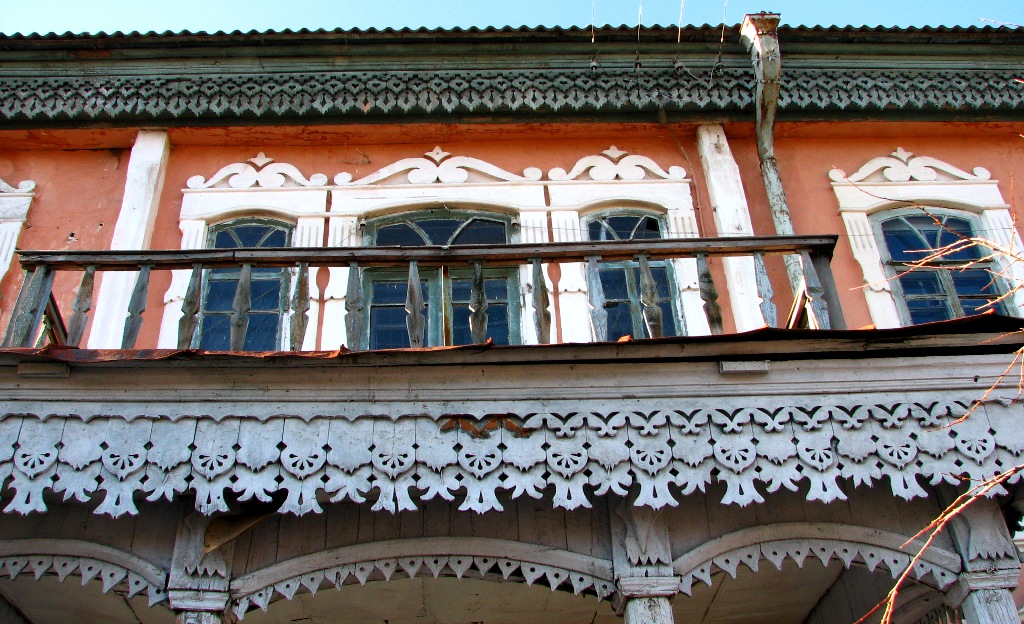
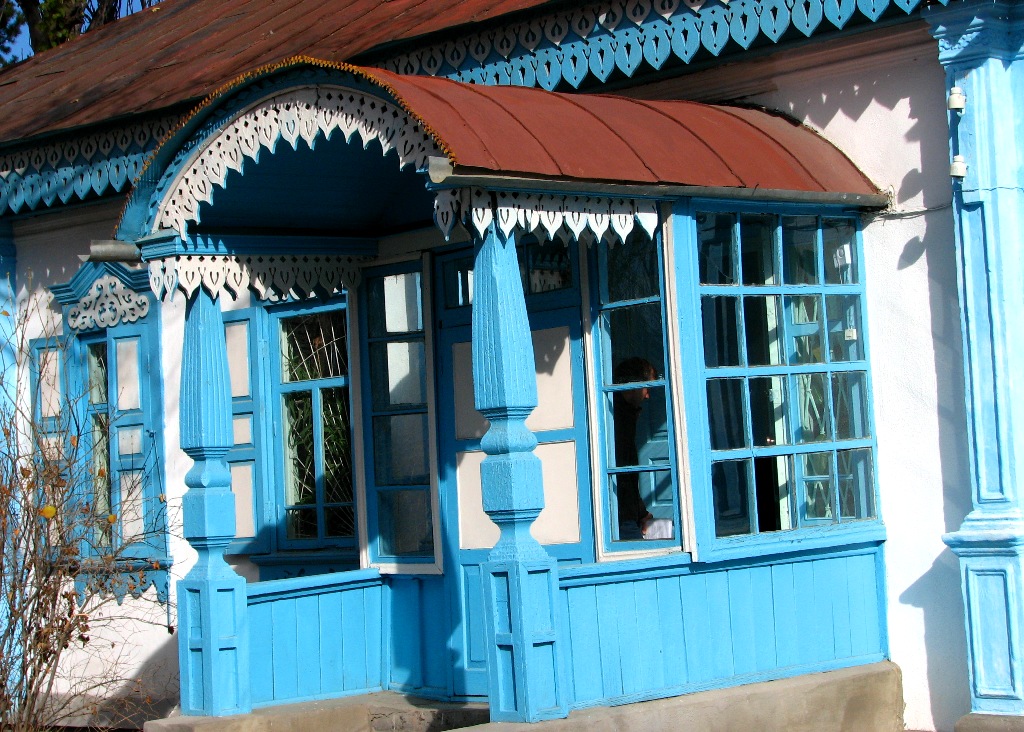
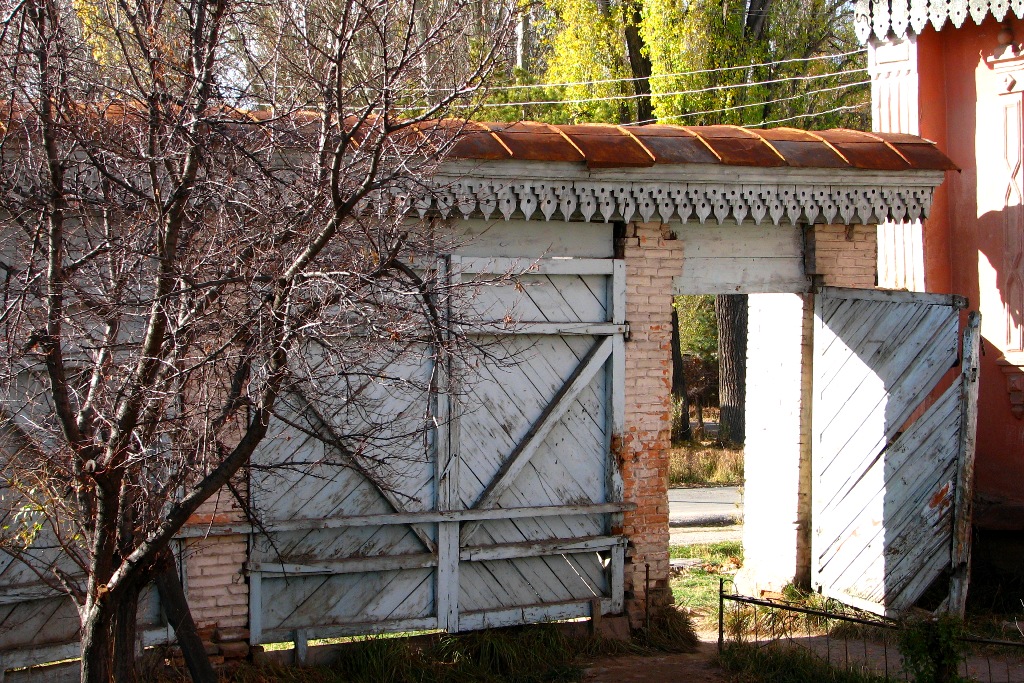
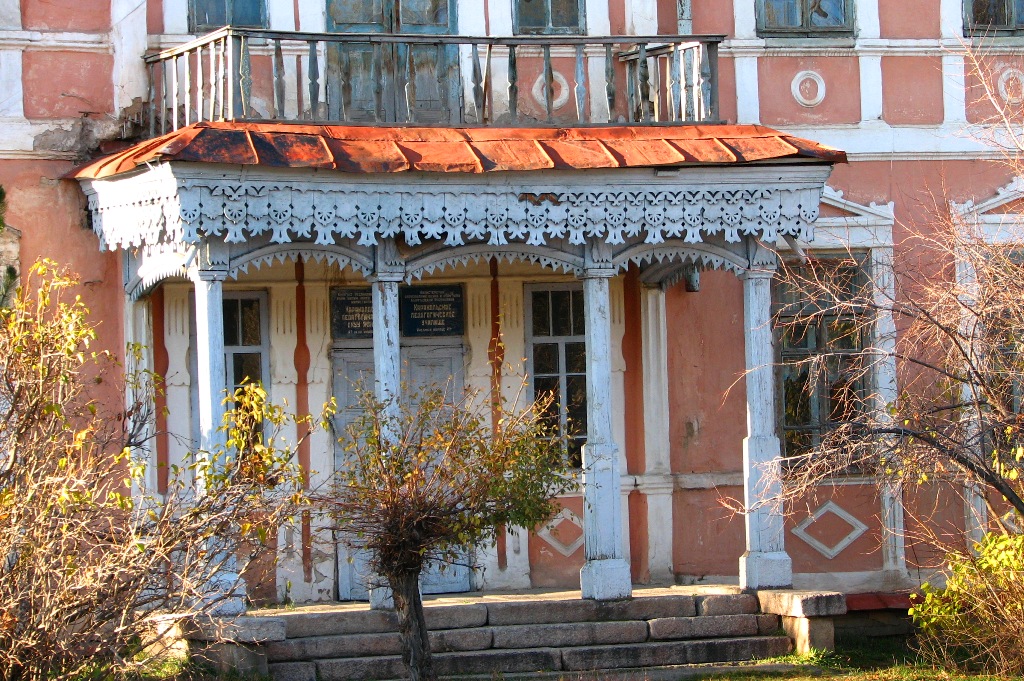
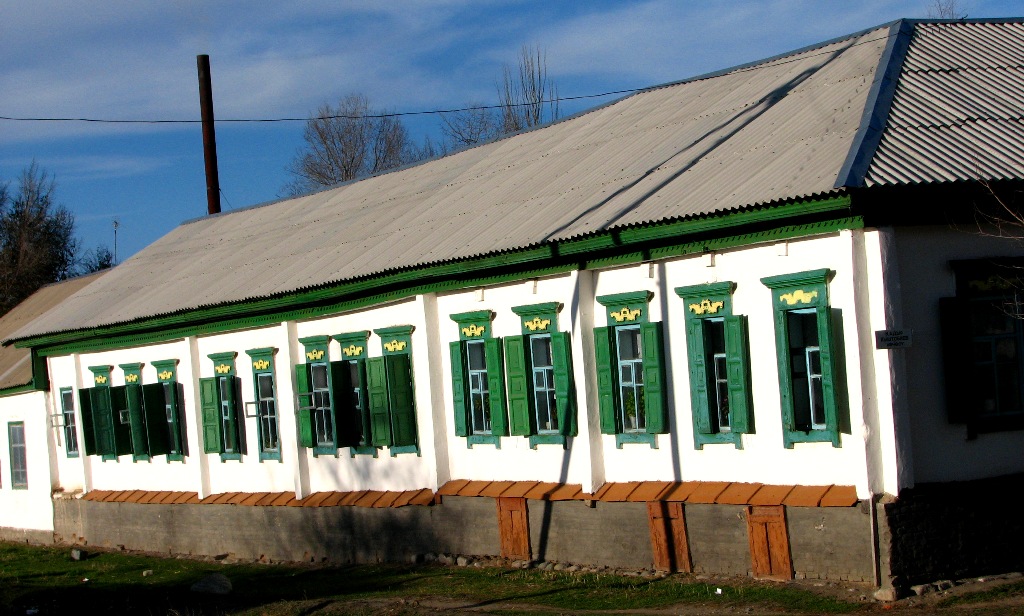
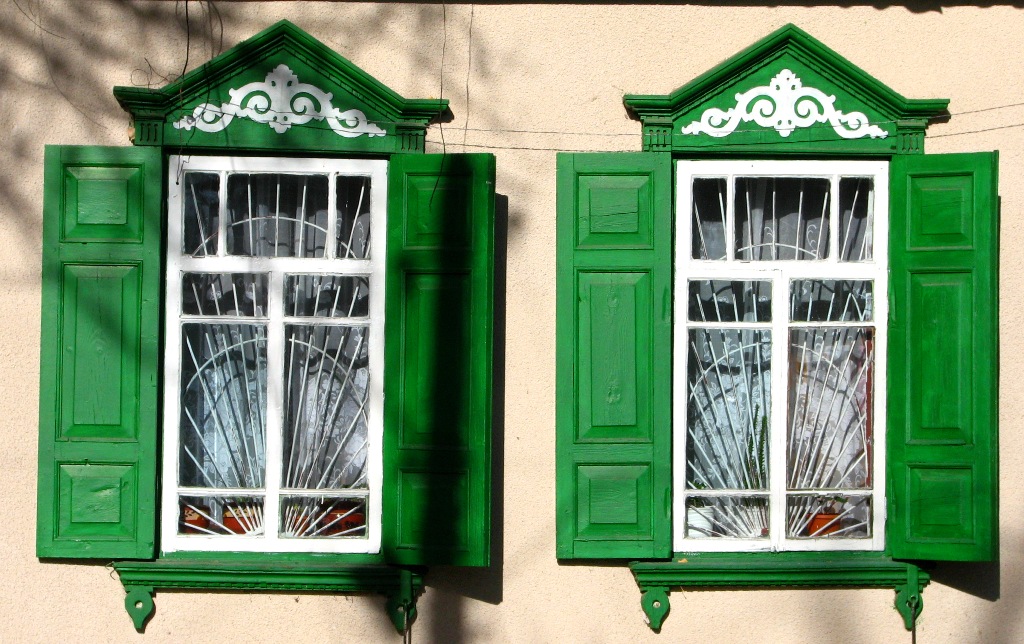
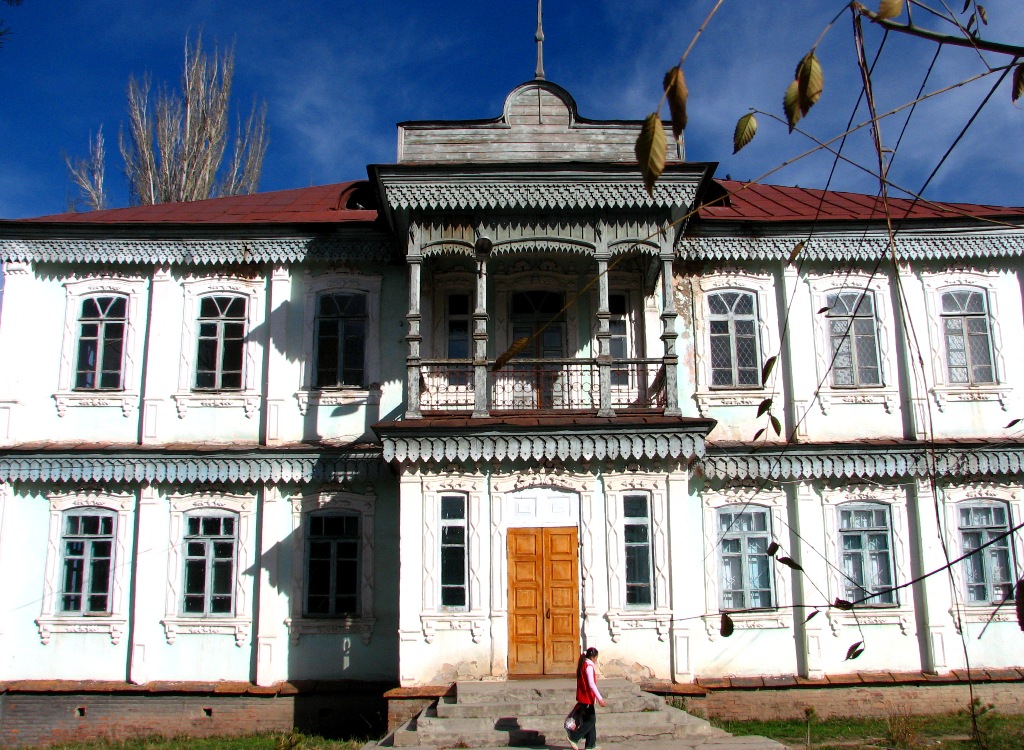
Authority:
The book «City Vernyi and Semirechye province» 2009, author A.G.Luhtanov.
Photos
Alexander Petrov.






